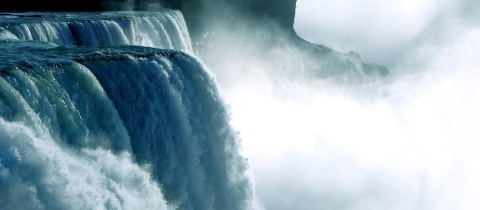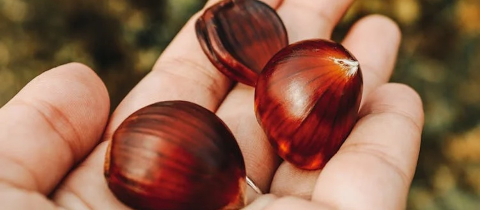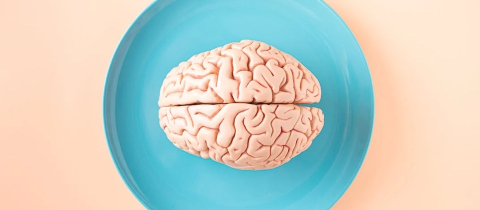Sometimes called “ear rocks”, small crystals of calcium carbonate (essentially limestone) are found in your inner ear. The technical name for these tiny stones wrapped in a matrix of protein is “otoconia.” They play no role in hearing, but rather are part of the vestibular system that has several functions such as helping you keep your balance and coordinating your eye movements while your head is in motion.
Otoconia are an essential component of the utricle and saccule, two vestibular organs in the inner ear that help relay information about linear acceleration and tilting of the head to the brain. In both these organs, specialized hair cells are attached to a gelatinous membrane that contains the otoconia. When the head is tilted, gravity pulls more on the crystals than on the liquid surrounding the hair cells. This results in bending of the hair cells, which is translated into electrical impulses that make their way to the brain. Basically, otoconia keep you from getting dizzy every time you move your head. Isn’t the human body amazing? Dizzyingly so.
Caitlin Bard is completing her Bachelor of Science with a major in neuroscience at McGill University.







